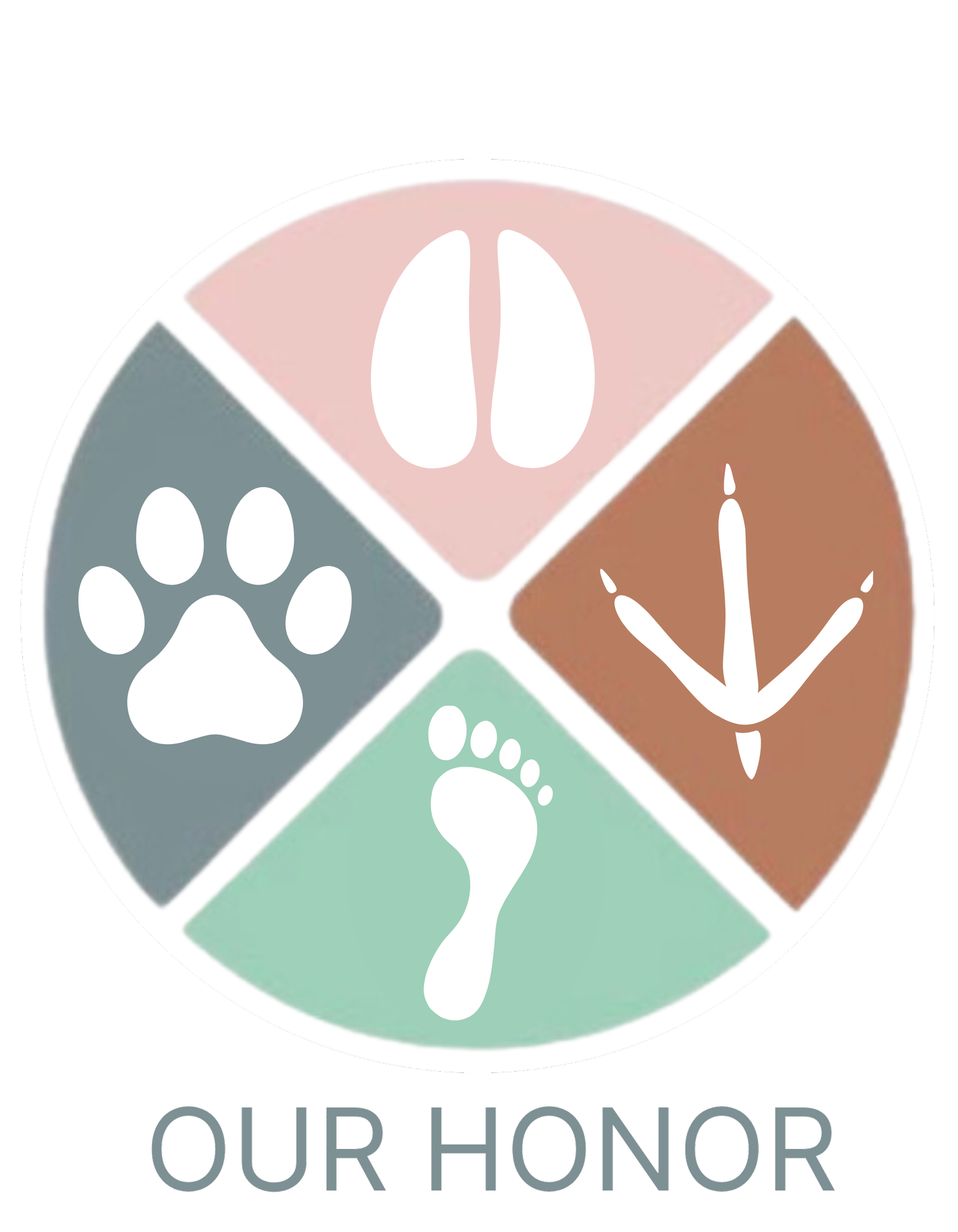Urge the California Veterinary Medical Association to support a statewide ban on declawing
You don't have to be a CVMA member or a veterinarian to take action.
Mounting evidence shows the detrimental effects declawing has on the wellbeing of cats. Veterinary organizations like the CVMA need to take a stand against cruel procedures that hurt animals. That is why we are urging the CVMA to support AB-2606 Cats: declawing procedures: prohibition.
The CVMA states on it’s website that it has “historically opposed bills of this nature because the CVMA feels that decisions about medical treatment of an animal patient should be made between the veterinarian and client on a case-by-case basis within the context of a valid Veterinarian-Client-Patient Relationship.”
However, there are instances when our institutions need to take a moral stand to protect the animals from harm, and follow the growing scientific evidence that does not support continued approval of this procedure.
Reasons the CVMA has given in the past for not supporting a declawing ban are listed below and many of these reasons are outdated and are rebutted with current research and perspectives.
“Veterinarians are trained to distinguish medical and behavioral problems and need to be able to continue to educate and counsel clients.”
Veterinarians will still be able to educate and counsel their clients and have the backing of recent legislation to explain to their clients why this procedure is detrimental to their cat. We know as veterinary professionals, there are times when we refuse to comply with an animal caretaker’s wishes, they will seek out a veterinarian who will do their bidding. Passing this legislation will give veterinarians more authority in these interactions and help them advocate for the care of cats.
“Veterinarians do not take the issue of declawing lightly and strive to educate pet owners about available alternatives.”
Not all veterinarians realize the detrimental effects of declawing and may be entrenched in antiquated practices and belief systems. It takes a drastic shift in laws in order to change these older ways that have been ingrained by years of habit.
“Claw removal is sometimes medically necessary for conditions such as tumors or chronic infections.”
This bill allows for therapeutic declawing to be performed.
“Studies have proven that behavioral problems are the leading cause of unnecessary relinquishment of animals.”
However, declawing does not keep cats in homes, a fact acknowledged by the American Animal Hospital Association (AAHA) and the American Association of Feline Practitioners (AAFP). Additionally, it has been shown that declawing leads to many worse behavioral problems such as biting and urinating outside the litter box.
“Not all pet owners are able to successfully train a cat to refrain from using its claws in a destructive manner.”
Families who are unable to train a cat from using their claws, and unable to implement adjustments in their housing and furniture, will certainly be unable to deal with the increase in biting behavior and litter box issues that could result from declawing.
Research by Yeon, et al., (JAVMA 2001) found that 33% of cats suffer at least one behavioral problem after declaw or tendonectomy surgery. The study showed that 17.9% of cats had an increase in biting frequency or intensity and that 15.4% would not use a litter box. Additionally Bennett, et al showed that declawed cats were 18.5% more likely than non-declawed cats to bite and 15.6% more likely to avoid the litter box.
“Current surgical techniques and modern anesthetic and pain medications have greatly reduced the pain and discomfort associated with cat declawing.”
Even with modern anesthetic, and good pain management, post surgical problems such as neuromas and phantom limb pain. In one report that studied cats for only five months after surgery, about 25% of cats developed complications from both declaw and tenectomy surgeries. The Paw Project states that “In declawed (and tendonectomizedized) cats, the tendons that control the toe joints retract after the surgery because they are no longer anchored to the bones, and over time these joints become essentially “frozen.” The toes can no longer be extended, but remain fully contracted for the lifetime of the cat.” We also know that there are many veterinarians who do not use modern equipment and analgesia.
“Euthanasia, abandonment, or other forms of relinquishment should not be the last resort for the cat owning public.”
Unfortunately, declawed cats have high rates of relinquishment to animal shelters because of the behavioral problems they develop. Work by Gary Patronek, VMD, PhD published in JAVMA found that declawed cats were at an increased risk of relinquishment to animal shelters and that among relinquished cats, 52.4% of declawed cats were reported to exhibit litter box avoidance, compared to 29.1% of non-declawed cats.
Furthermore, there is no reason to declaw cats to protect human health. The NIH, CDC, US Public Health Service, the Infectious Diseases Society of America, and the Canadian Medical Association, all have specifically stated that the declawing is “not advised,” even for the animals of persons who are severely immunocompromised, including those with HIV. This opinion is echoed in statements on declawing published by the AAHA and the AAFP. The National Hemophilia Foundation and the American Cancer Society do not recommend declawing to protect humans from scratches.
In the U.K., the Royal College of Veterinary Surgeons states that declawing is considered “mutilation” and “disgraceful professional conduct.” Additionally, the European Council’s Convention for the Protection of Pet Animals prohibits declawing. Since its inception, countries including Switzerland, Sweden, Austria, Norway and Germany have enacted laws expressly prohibiting declawing.
California should be a leader in the most advanced animal welfare and veterinary policies but in this instance we are falling behind. We need to follow the science and protect the animals we care for from unnecessary pain and suffering. We urge you to please support SB-585 and align the science and our values with our policies.
Please sign the petition today
and share it with your veterinarian, friends and family!

